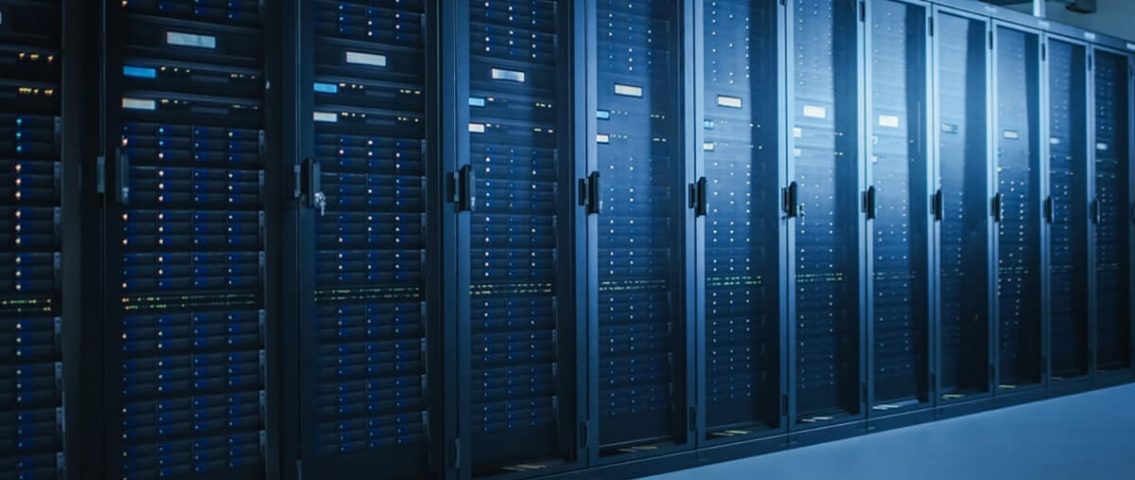AI/ML for Archival Storage in Quartz Glass

Audio : Listen to This Blog.
Data plays a crucial part in our modern communication world and daily life. As the usage of our data increases, exponential, users and customers are looking for long term efficient storage mechanisms. It’s evident that our existing storage technologies have a limited lifetime. From the below diagram, we can concur that there is a gap between data generation vs data storage. So, the need of the hour is to find technologies that will store data for a long period of time, at affordable cost and enhanced performance.
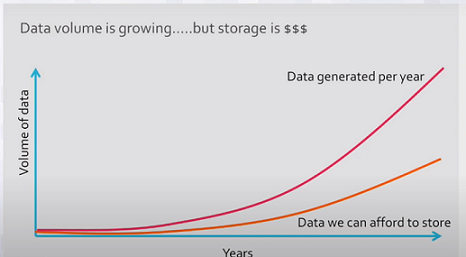
Data storage in quartz glass is the upcoming new technology which addresses the limitations of the current ones. In this blog, we can see about this new technology in detail.
Data storage:
We all know, we can store the data in HDD, SSD and Tape drive. Each having its own Pros and cons. Based on the user requirement, cost, Performance and other factors we can choose it. Based on the temperature, we can categorize the data as Hot, Warm and Cold.
For Hot data -> we use SSD,
For Warm Data -> we use HDD and
For Cold data -> we use Tape Drives
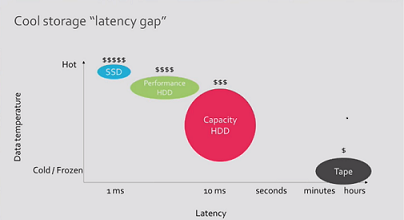
Archival storage: Tape drive
Data archiving is the process of moving data that is no longer actively used to a separate storage device for long-term retention. Archive data consists of older data that remains important to the organization or must be retained for future reference.
Need for Archival Storage: Keep the data safe and secure, Pass the information to future generations.
Because of Low Cost and long archival stability, the Tape drive is the best option for Archival storage.
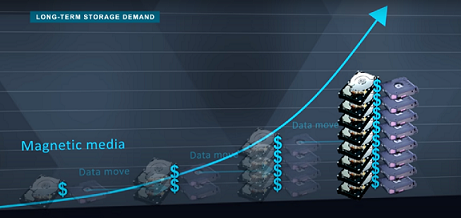
The lifetime of Magnetic tape is around five to seven years. So, we need to Proactively migrate data to avoid any degradation issues as Regular Data migration results in high cost as the year goes on.
A tape drive is Long-lasting, but they still can’t guarantee data safety over a long period of time, and it has high latency. Due to this, Archival storage is a big concern as the amount of data in the world grows. A solution to overcome this problem – To keep the data safely and securely and for over a long period of time?
New Medium for Data Storage – Quartz glass.
Quartz glass: Data storage
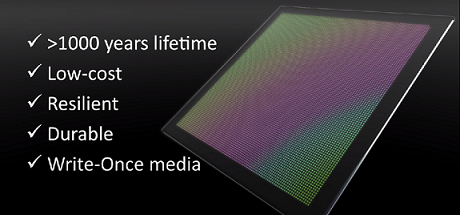
Quartz is the most common form of crystalline silica and Second most common mineral on the earth’s surface, so it’s widely available and cost also less. It withstands extreme environmental conditions and doesn’t need any special environment like energy-intensive air conditioning. We are writing data in the glass (Not on the Glass). It means that even if something happens to the outer surface of the Quartz crystal, still we can able to retrieve the data. In general, we call it a WORM – Write Once Read Many.
In Quartz glass, we can retain the data even after being put the glass in boiling water, put in a flame, or scratched the outer surface of the glass. Data always exists, even after 1000s of years.
Tape and hard disks were designed before the cloud existed and both of them have limitations around temperature, humidity, air quality, and life-span.
In Quartz glass, we can Access data non-sequentially, which is one of the best advantages when compared to a Tape drive, where we can access the data sequentially, which takes more time to retrieve the data.
Data write in Quartz glass:
By using Ultrafast laser optics and artificial intelligence, we are storing data in quartz glass. Femtosecond lasers — ones that emit ultrashort optical pulses and that are commonly used in LASIK surgery — permanently change the structure of the glass so that the data can be preserved over a long period of time. A laser encodes data in glass by creating layers of three-dimensional nanoscale gratings and deformations at various depths and angles.
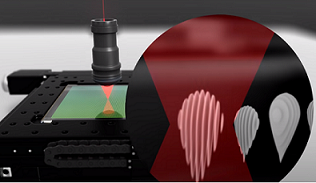
Data Read in Quartz glass:
A special device – Computer-controlled microscope is used to read the data. A Piece of Quartz glass is placed in the read head and to begin with, it focuses on the layer of interest, and a set of polarization images are taken. These images are then processed to determine the orientation and size of the voxels. The process is then repeated for other layers. The images are fused using machine learning. To read the data back, machine learning algorithms decode the patterns created when polarized light shines through the glass. ML algorithms can quickly zero in on any point within the glass, which reduces lag time to retrieve information.
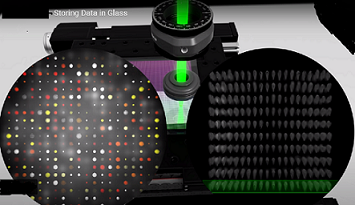
Below is the image, how Quartz glass looks after storing the data.
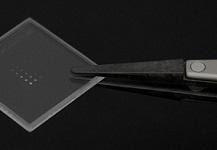
Future of Quartz glass:
By using Quartz glass, we are able to store the data permanently for life long. We can store Lifelong medical data, financial regulation data, legal contracts, geologic information. By using this, we can Pass not only data, entire information to the future generations.
At present, we are able to store 360 TB of data – Piece of Glass.
A lot of research is going on to Store more amount of data, Maximize the performance and minimize the cost. If all these researches get success full and we can able to store the data permanently with less cost and able to scalable with no limits then “Quartz Glass will be the best archival cloud storage solution and revamp the entire Data Storage industry.
